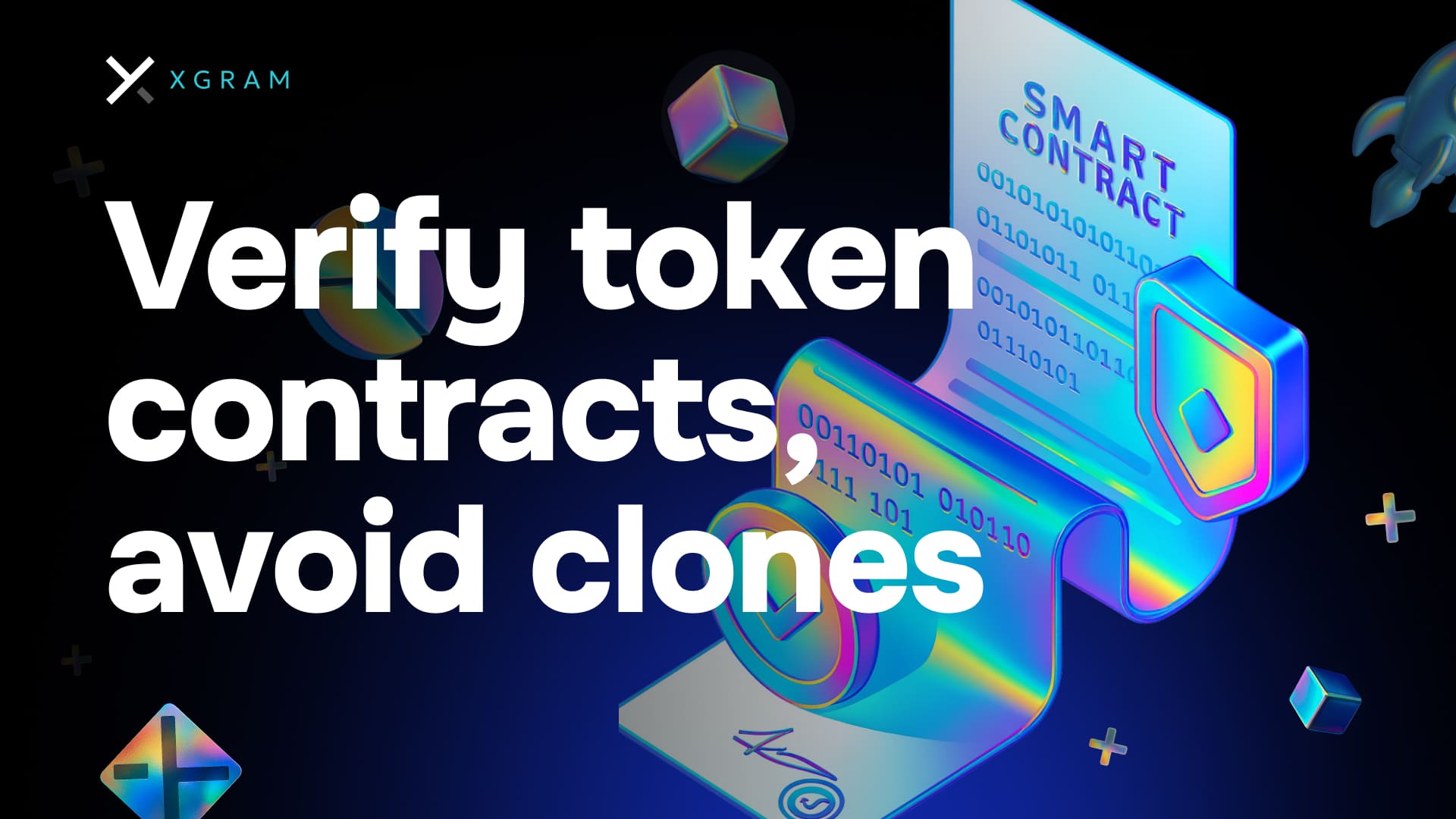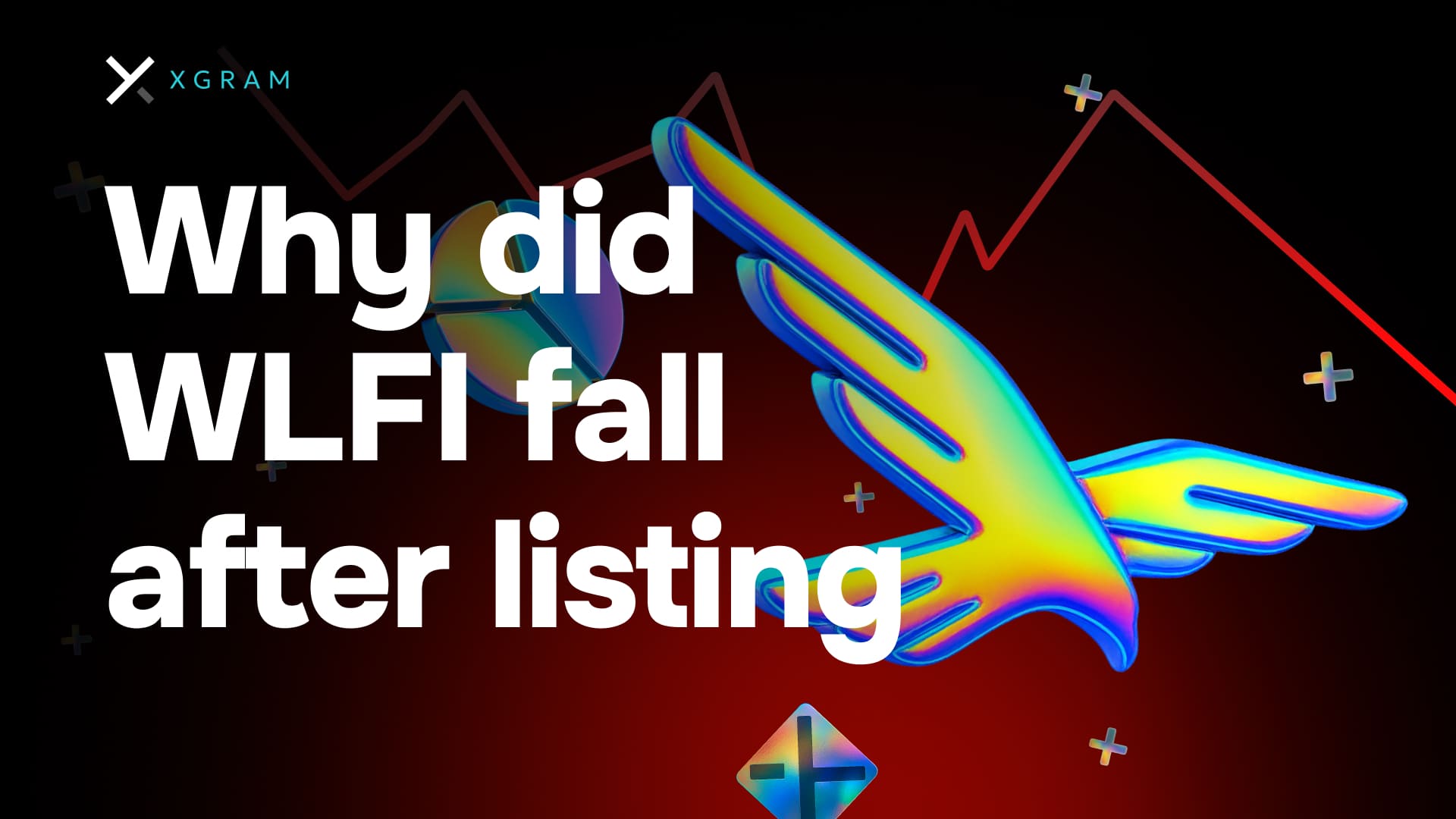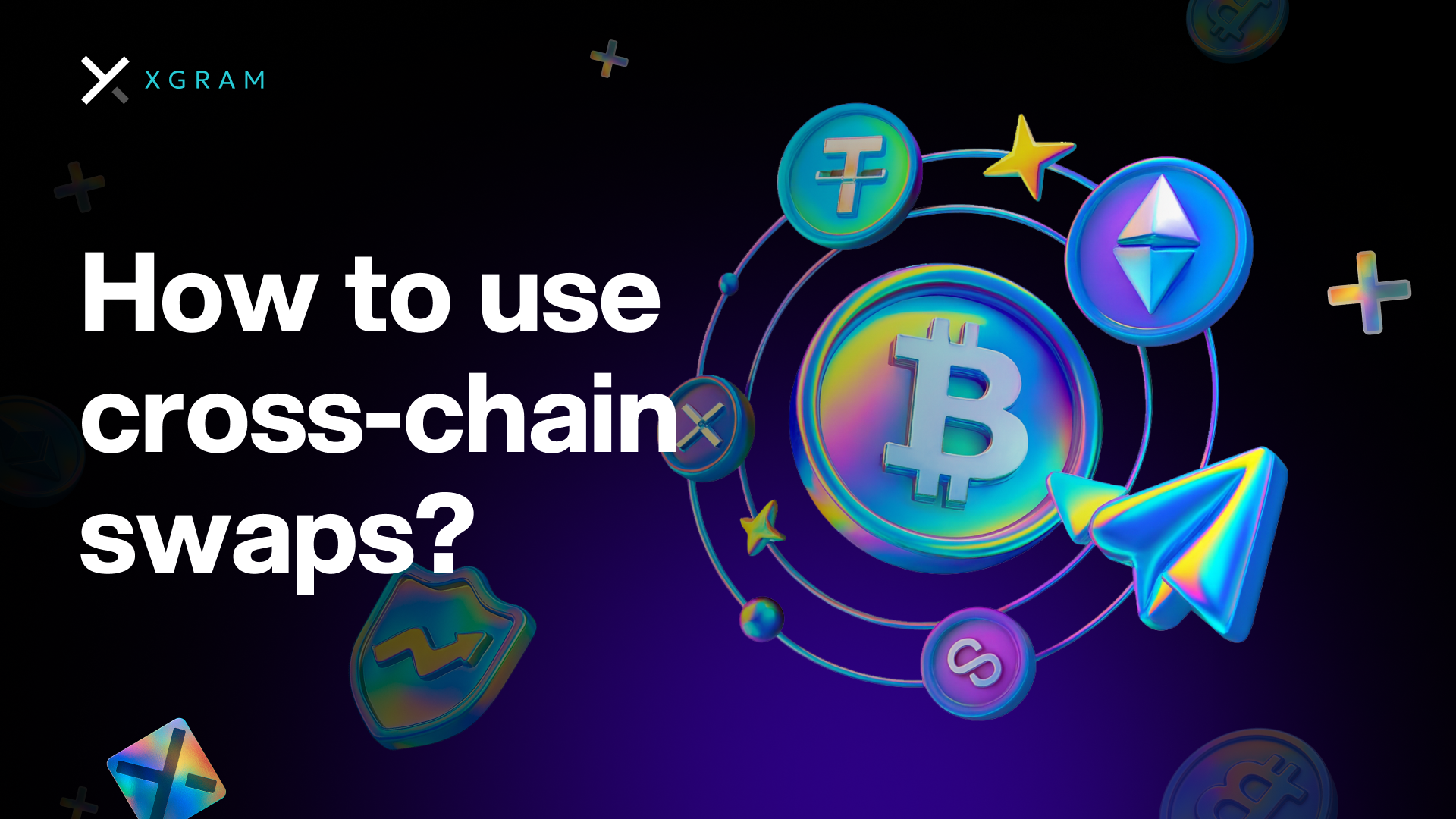Step 1 Verify address and network
- Take the contract address from the project’s official channels you trust
- Confirm the chain matches where you plan to trade
- Cross-check ticker, name, decimals and total supply
Tip: the same name can exist on multiple chains, the address is what matters
Step 2 Inspect the contract page in a block explorer
- Code is verified and matches the deployed bytecode
- Proxy detected or not, if yes find the implementation logic
- Deployer and owner history and what else that address shipped
- Holders tab for unhealthy concentration on one wallet
- Transfers and Mint events for surprise minting after trading began
Red flags: unverified code, fresh mints, single whale with outsized share, frequent pause and resume of trading
Step 3 Look for dangerous functions in code
- Mint and Burn who can call them and what limits apply
- Ownership who is the owner and is it a multisig
- Blacklist and Pause can the owner block wallets at will
- Trading tax buy and sell fees especially above 10%
- MaxTxAmount and MaxWallet hard caps on order size or wallet size
- EnableTrading and SetFee owner can change fees after launch
Healthy setup: multisig or DAO ownership, modest taxes, mint disabled or tightly capped, no hidden blacklists
Step 4 Check liquidity and market depth
- Where liquidity sits on DEX who controls it and whether it is locked
- Presence on major exchanges and the same contract address
- Real volumes and spreads avoid empty order books
- Honeypot test ensure you can sell back on DEX without errors
Good practice: buy a tiny amount then sell a tiny amount to confirm both legs execute
Step 5 Do a test trade
- Start with a micro amount and confirm you receive and can sell the token
- In your wallet use allowance limits instead of unlimited approvals
- Keep a separate “testing” wallet away from your main balance
Network checklists
EVM chains Ethereum BNB Chain Polygon Base Avalanche and others
- Contract address and Chain ID match
- Code verified in the explorer
- Mint blacklist pause and tax functions reviewed
- Liquidity locked and liquidity owner is known
- Micro buy and micro sell succeeded
- Approvals limited by amount old approvals revoked
Solana SPL
- Mint address matches the official one
- Token metadata valid name ticker decimals
- Market on your DEX or aggregator maps to this mint
- No arbitrary account freeze by the update authority
- Test buy and sell completed with reasonable fees
TON Jetton
- Jetton master address matches the official one
- Minter and jetton metadata verified
- Liquidity pool exists and pool ownership is understood
- Transfers and swaps succeed without odd flags
- Telegram 2FA enabled and sessions audited
TRON TRC-20
- Contract verified in the network registry
- Owner and mint rights reviewed no blacklist logic
- Exchange deposit network is TRC-20 for this ticker
- Test buy and sell passed with low network fees
Common scam patterns
- Clones with the same name and ticker on another chain
- Hidden tax that flips to 99% after an “announcement”
- Blacklisting buyer wallets after launch
- Address swap in images or posts impersonating the project
- Unverified proxy where you cannot audit the logic
Internal links
- How to verify a token contract and deposit network on an exchange — add your guide link
- How to store tokens safely — add your wallet security checklist
- What unlocks and vesting mean — add your explainer
FAQ
Can I rely on the name and ticker
No, only the contract address and the chain are definitive
Should I wait for verified code
Yes, without verified code you cannot assess real logic and risk
Are trading taxes normal
Modest fees can be fine, double-digit taxes are often a manipulation signal
What matters most for safety
Correct contract and chain, verified code, no dangerous owner controls, real liquidity and a successful test sell



